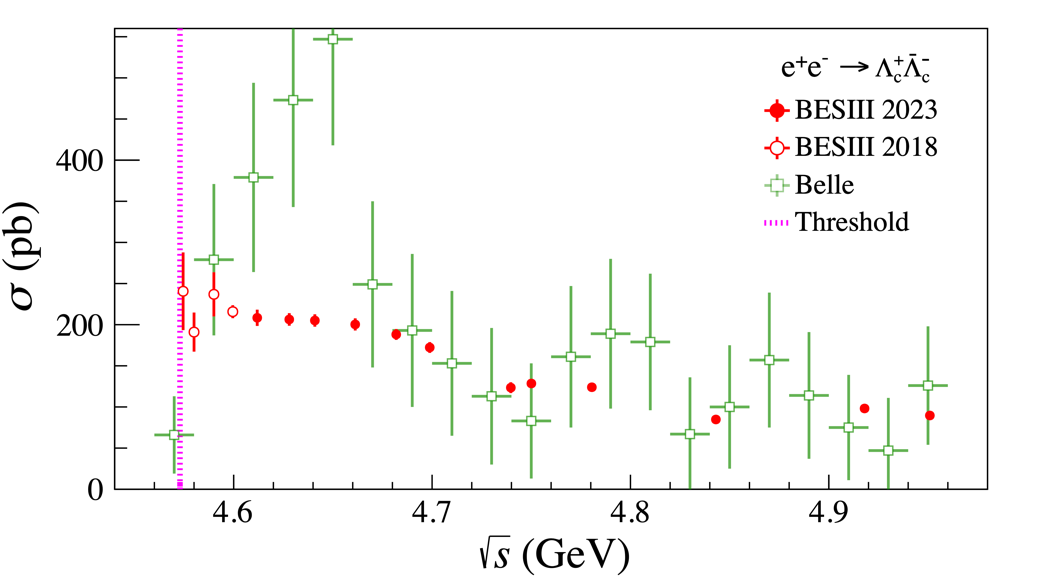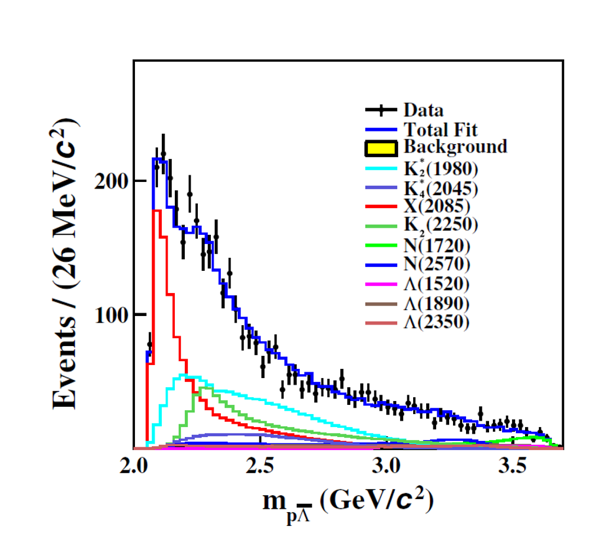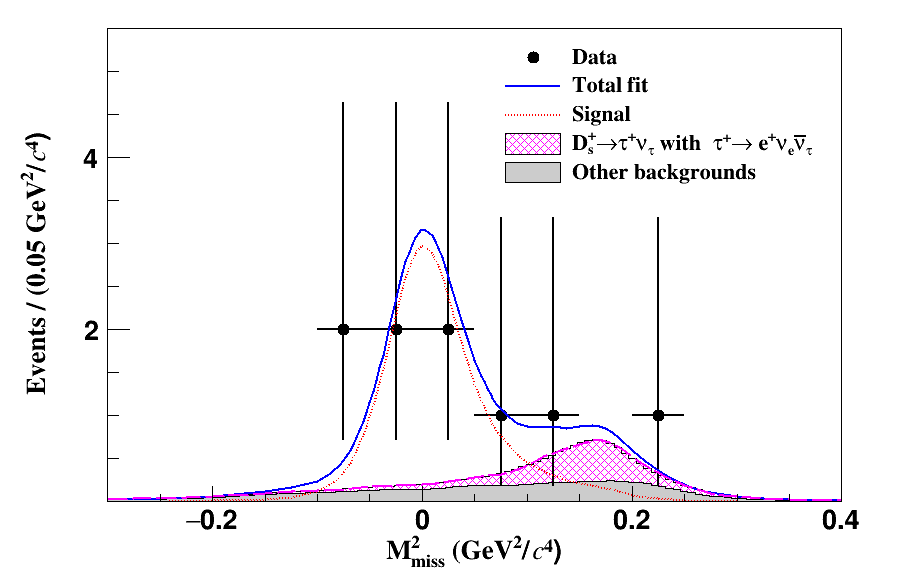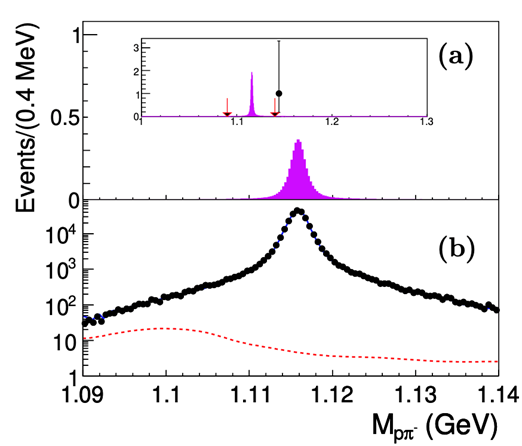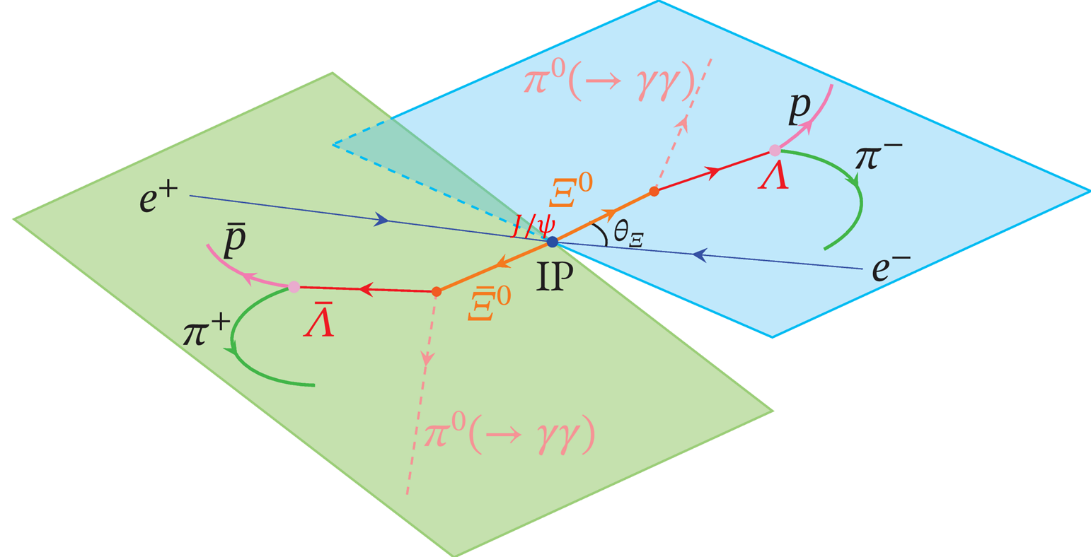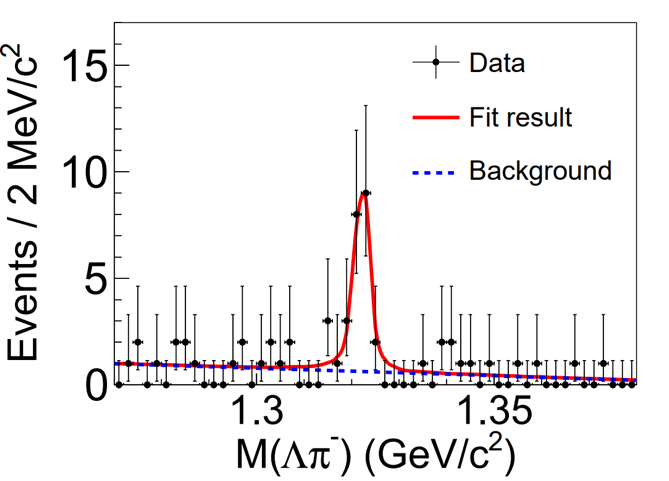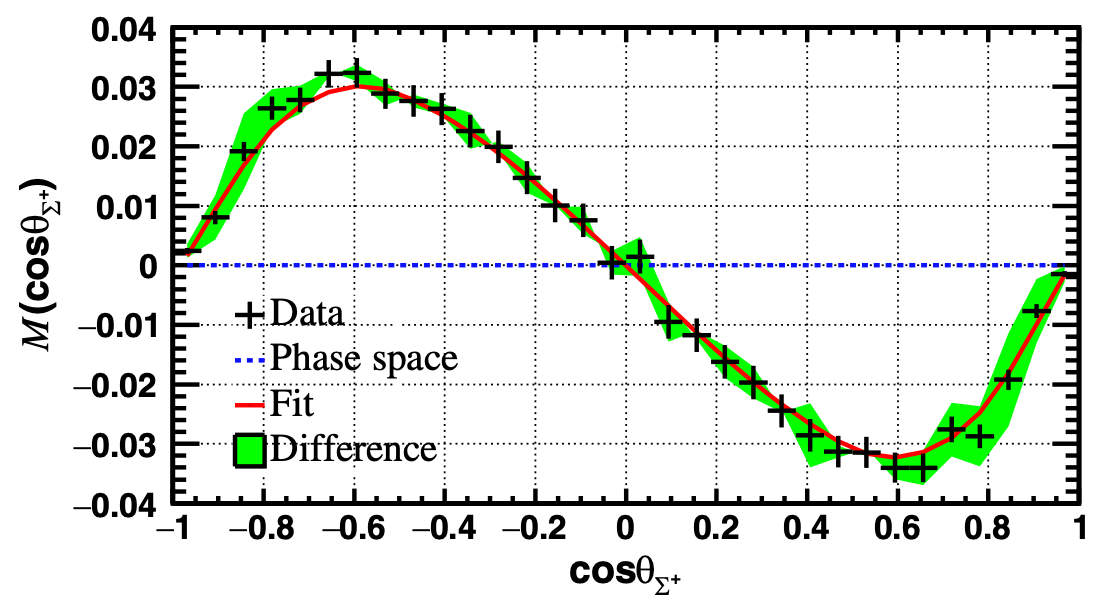
The precision test of CP symmetry in hyperon to neutron decays
BESIII Collaboration has performed a precise measurement of CP symmetry in the decay of Σ+ hyperon to neutron. This research has been published in Physics Review Letters on Nov. 9th, 2023 [Phys. Rev. Lett. 131, 191802 (2023)].

